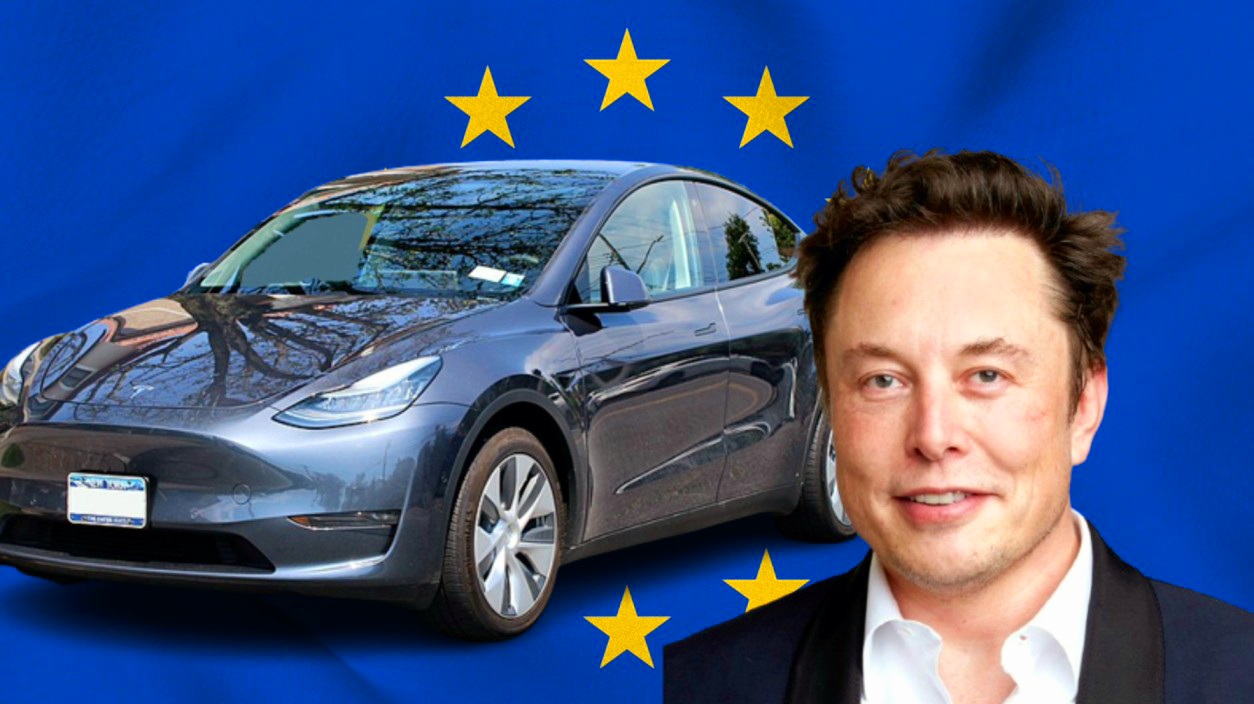Tesla’s European Woes: A Detailed Analysis of a Declining Market Share

Tesla has long been synonymous with electric vehicle technology. However, recent figures by the European Automobile Manufacturers’ Association (ACEA) paint a picture of precipitous fall in the company’s performance in Europe. Tesla’s new registrations in the European Union dropped 49 percent in January and February of this year—from at least 37,000 to 19,046 vehicles—alongside a decline in market share from 2.1 percent to 1.1 percent. This is despite overall EV sales in the EU growing 28.4 percent during the same time.
A Quick Historical View
Tesla disrupted Europe first with the release of the paradigm-busting Model S around 2012, followed by the Model X and, most importantly, the more affordable Model 3. Those models set the stage for Tesla as an innovator in electric mobility, supported by early deployment of the Supercharger network and follow-on investments like the Gigafactory Berlin-Brandenburg to bring production and servicing local. Since then, Tesla transformed from a niche luxury player to a mass-market contender, changing European attitudes towards EVs.
But that leadership is now under threat. The decline in recent registrations and falling market share—down from 2.1 percent to 1.1 percent—can be put down to several factors. Tesla’s older cars are being overtaken by newer, cheaper EVs from established European players and hungry Chinese competitors. In the meantime, growing hybrid car sales in Europe still restrain Tesla’s popularity. Added on top of these competition challenges are strings of controversies surrounding Elon Musk, negatively impacting consumers by provoking boycott and tarnishing the entire image of Tesla.
Overall, although Tesla has been able to gain a solid initial foothold in Europe with its trailblazer innovations, new market dynamics as well as growing competition are now causing a heavy blow to its performance.
A Declining Market Share in Registrations
The numbers paint a concerning picture for the California automaker. Tesla’s share of the total market fell to 1.8 percent in February alone, as its hold on the battery-electric vehicle (BEV) segment fell from 21.6 percent to 10.3 percent year-over-year. That rate of loss suggests that Tesla is not maintaining its competitive edge in a changing auto landscape as rapidly.
Stiff Competition from China’s EVs and Ageing Models
One of the primary reasons Tesla’s performance is declining is the arrival of competitors in the European market. The legacy automakers, along with a slew of new Chinese EV manufacturers, are introducing models that are not only technologically better but also less expensive.
These recent entrants are capitalizing on a market starving for innovation and low-cost solutions that Tesla’s earlier models cannot compete with. With more choices being offered to customers, Tesla’s once dominant allure is falling short in the face of stiff competition.
The Hybrid Movement: A Shifting Market Proclivity
While the pure electric segment is certainly expanding, a definite trend in favor of hybrid-electric vehicles (HEVs) is manifesting itself in Europe. HEVs recorded a 35.2 percent market share in the two-month period, with registrations swelling to 594,059 units.
This trend illustrates that many consumers in Europe are opting for hybrid models, which offer a middle ground between conventional combustion engines and all-electric powertrains. Hybrids’ strong performance also indicates Tesla’s dilemma, since the market increasingly diversifies its interests outside of all-electric vehicles.
Political Controversies and Their Impacts on Consumer Sentiment
Aside from technological and competitive woes, Tesla’s problems are compounded by the political controversies following its CEO, Elon Musk. There have been criticisms aplenty over Musk’s vocal and financial support of far-right European politicians. In addition, his dealings with the Trump administration—popularly associated with controversial spending cuts and an overall toxic political atmosphere—hasn’t helped the company at all.
In a climate where political stories can impact consumer actions, these associations have spawned growing boycott movements across Europe. Reports of vandalized Tesla dealerships and a tangible slump in the company’s share price further illustrate how these scandals are being reflected in consumer opinion, and by extension, Tesla’s bottom line in the market.
Declining Market Share: Challenges and Opportunities Ahead
The situation for Tesla in Europe is a stark wake-up call. The business faces the dual challenge of breathing new life into its product lineup and addressing reputation issues linked to its leadership. To get its mojo back, Tesla may need to reboot its strategy in a market that is increasingly going to require more innovation, affordability, and political neutrality. Supporters, like ACEA Director General Sigrid de Vries, highlight that achieving a large-scale transition towards zero-emission mobility will require additional support—be it in the form of tax refunds, purchase incentives, or greater investment in charging networks.
Although the road ahead is paved with obstacles, Tesla’s European success may still turn out to be a catalyst for more profound industry transformations. The growing market for electrified vehicles, combined with the competitive pressure from new and established players alike, means that Europe’s EV moment is only just beginning. How Tesla adapts to these new realities on the ground will matter, not only for its own future but also for the dynamics of the overall European transition to sustainable mobility.
In total, Tesla’s recent downturn in the European market is the result of a culmination of factors—from Chinese EV manufacturers’ aggressive competition and a market trending towards hybrid solutions, to political scandals that have undermined consumer confidence. As Europe pushes forward with its evolution towards a more sustainable tomorrow, the company’s ability to innovate and navigate these challenges will determine its fate in the next chapter of automobile history.
